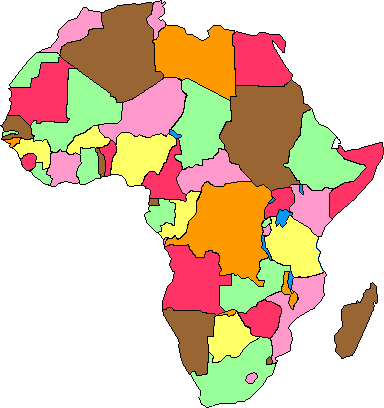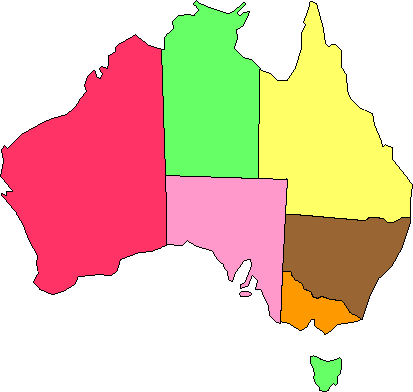|

Lesson 3.2 Independent Events / Mutually
Exclusive Events
Independent Events
A and B are independent events if the chance of A
occurring does not affect B and the chance of B
occurring does not affect A. To show that two
events are independent, show only ONE of the
following (If one is true then all three equations
will be true):
- P(A|B) = P(A)
- P(B|A) = P(B)
- P(A AND B) = (P(A))( P(B))
Example: Let event A = taking a math class this
term. Let event B = taking a science class this
term.
Given: P(A) = 0.6, P(B) = 0.5, and P(A AND B) =
0.3.
Show that A and B are independent events.
To begin, notice that A AND B = taking a math
class AND a science class this term.
Since P(A), P(B), and P(A AND B) are
given, check to see if P(A AND B) =
((P(A))(P(B)).
P(A AND B) = 0.3.
(P(A))(P(B)) = (0.6)(0.5) = 0.3.
So, P(A AND B) = ((P(A))(P(B)).
Therefore, A and B are independent events.
Mutually Exclusive
Events
A and B are mutually exclusive if they cannot
happen at the same time. This means that A and B
do not share any outcomes and
P(A AND B) = 0.
Example: Suppose you have won a vacation to
either Africa or Australia but not both.
Let A = going to Africa and B = going to
Australia.
P(A AND B)
= P(going to Africa AND going to Australia at the
same time)
= 0
Therefore, A and B are mutually exclusive events.


Warning
- You must show that any two events are
independent or mutually exclusive. You cannot
assume either of these conditions.
- If it is not known whether A and B are
independent or dependent, assume that they are
dependent until you can show otherwise.
- Do not confuse two events being independent
and two events being mutually exclusive. They
are separate concepts.
Up » 3.1
Terminology » 3.2
Independent or Mutually Exclusive »
3.3 Addition and
Multiplication Rules »
3.4 Contingency Tables
Lesson 1 | Lesson 2 | Lesson 3 | Lesson 4 | Lesson 5 | Lesson 6 | Lesson 7 | Lesson 8 | Lesson 9 | Lesson 10 | Lesson 11 | Lesson 12
|